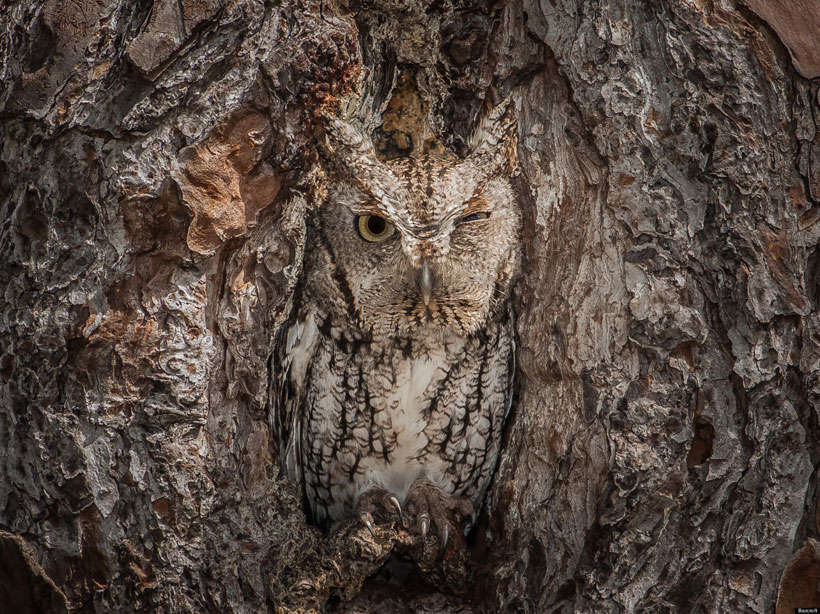


#LEOPARD CAMOUFLAGE PDF#
Make sure you tell your PDF viewer to print them at actual size and not shrink to fit Here you can find a low res version of the painting templates, perfect if you are looking to print them out Here you can find PDF versions of our painting templates. Casey has used our models to take photos from each angle so that you can replicate the patterns. Thanks to a mixture of real life photos and large scale modellers Aaron managed to piece together templates for every vehicle as he painted them for the Studio army. This means that each every vehicle of a particular type (for example Leopard 2) has the same camo scheme applied in the same way. As part of the application process each type of vehicle (or equipment) is painted to a template that has been developed specifically for that vehicle, with a spray gun giving the pattern a soft edged look when viewed from fairly short distances. The paint scheme is generally applied by organisations that are specially equipped to deal with the hazardous properties of the chemically resistant paint. West Germany was the first NATO nation to start applying the scheme to their vehicles during scheduled refit operations. This change in scheme also conferred the benefit of taking advantage in advances in paint technology, allowing some infra-red spectrum diffusion and limited protection against chemical warfare agents. After some discussion and trials a paint scheme that consisted of a medium green, a red-tinted brown and a grey-black (which fades from close to black to close to grey) was formally accepted in 1984. It was determined that a standard camouflage scheme should be developed. By the early 1980s the organisation came to a collective conclusion that during war this would make it quite easy for an enemy to identify which army they were up against, therefore conferring a possible advantage in combat. West German NATO 3 Colour Painting Templatesīefore the advent of the standard NATO 3 colour camouflage scheme, most of the member nations painted their equipment in different schemes.


 0 kommentar(er)
0 kommentar(er)
